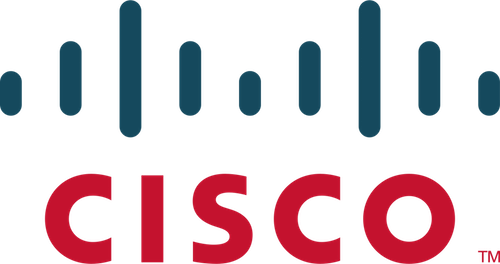Real-Time Graph Analysis of Documents Saves Company Over 4 Million Employee Hours
Challenge
Because of the scope of Cisco’s sales pipeline, there is a huge amount of content – such as
documents, files and presentations – in their internal database that Cisco’s sales team relies
on to sign potential customers.
However, there was a major content findability problem: Each salesperson spent up to one
hour every day trying to find the content relevant to their prospects’ needs.
The company was relying on a typical index-driven search engine their employees could
search with a series of keywords. But because files didn’t have assigned metadata, it was a
challenge to pull up relevant content.
“The problem was too much content, and no deeper understanding of the content,” said
Prem Malhotra, Director of Cisco Content Services. “We had to ask ourselves, ‘‘How can we
make the search engine do a better job, and what is the missing link?’”
Solution
Cisco turned to Neo4j to solve these challenges.
To assign metadata to the large collection of Cisco’s historical documents, the first step
was to transform the file types – such as Microsoft Word and PDF – into an latent Dirichlet
allocation (LDA) format so the documents could be clustered by large data platforms.
Once the documents were clustered, a collection of common keywords and phrases were fed
into Neo4j, where they were combined to create an ontology.
For real-time document processing, the document is sent from the content management
system to a machine tagging service that reprocesses the document, assigns tags and adds
the keywords and phrases into the Neo4j database while returning the document to the
document repository.
The ability to assign metadata to historical data – and in real time – solved Cisco’s content
findability problem.
But Neo4j took it one step further.
Based on keywords, content ratings and the number of times the document has been
accessed, Neo4j was also able to provide content recommendations, providing sellers with
additional information they could leverage when closing deals with customers.


